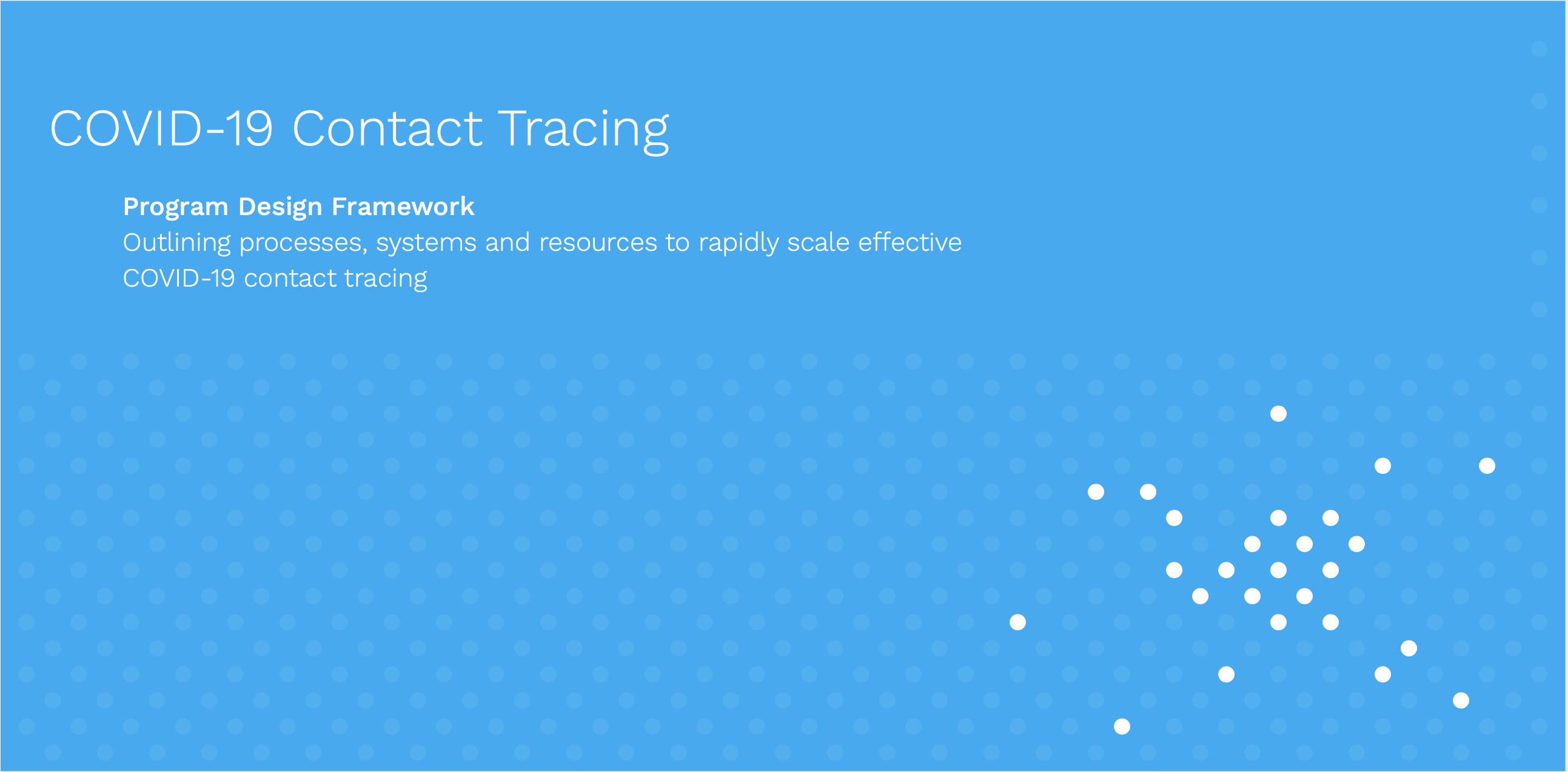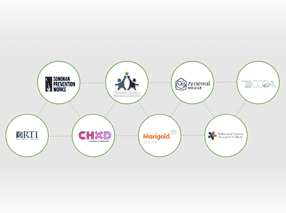There’s a new assistant around the office at InSTEDD that goes by AIDA.
AIDA helps you build chatbots, a technology tool that can engage in smart and informative text-based conversations via services like Facebook Messenger or Telegram.
AIDA is the result of a collaboration with mVAM, an innovative team at the World Food Programme (WFP).
Effective communication with their beneficiaries ensures WFP can best serve its mission of fighting hunger by improving access to sufficient quantities of affordable, nutritious food.
However, there is an ongoing challenge when trying to share information with hard-to-reach families around the world which it services.
The mVAM team uses mobile technology such as voice calls, text messages, and free websites to allow WFP to send and receive critical information from its beneficiaries.
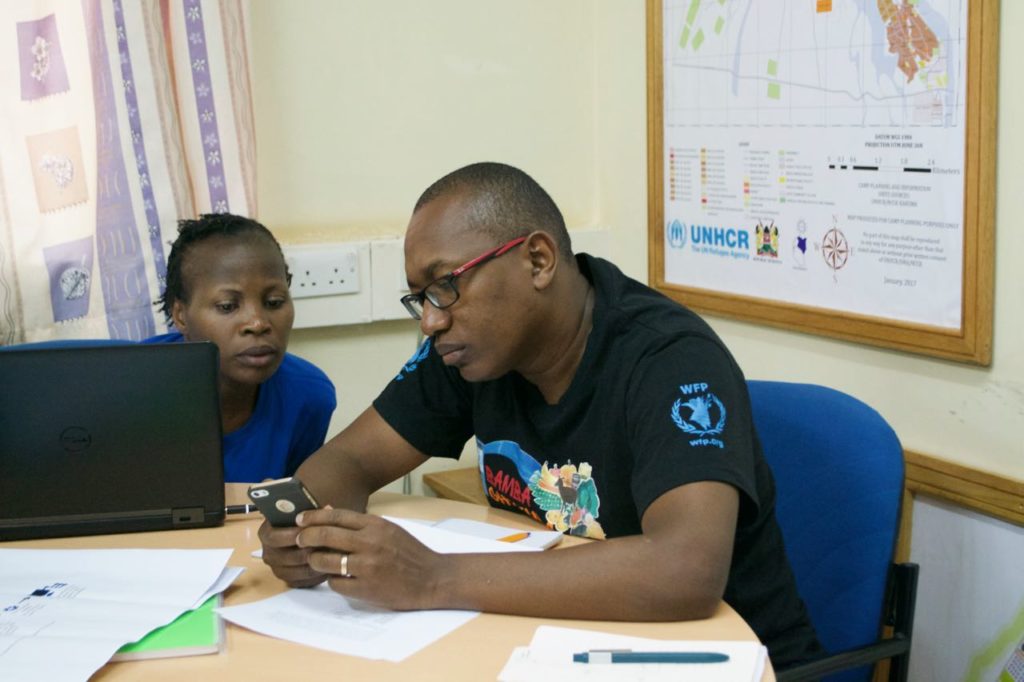
WFP Staff in Kenya testing a chatbot. Photo Credit: Nicolás di Tada
The global rise of mobile broadband and smartphone usage opened the opportunity to explore the use of chatbots.
After multiple visits to affected communities over 2016 and 2017, mVAM and InSTEDD confirmed that using a chatbot had the potential to help the communication challenge.
However, each humanitarian context where WFP works is unique, and thus each situation requires a chatbot with specific skills and abilities.
So an ambitious goal was set for AIDA – to allow humanitarian staff in diverse on-the-ground situations create their own chatbots that would meet local demands.
After many hours of design and programming over the past six months, AIDA is now ready for its first mission: helping WFP staff build a chatbot to communicate with families in the Kakuma Refugee Camp in north-west Kenya.
The chatbot will share information on food assistance availability and collect beneficiaries’ feedback and complaints. The chatbot will complement existing WFP non-digital channels such as hotlines, help desks, posters and loudspeakers in the camp.
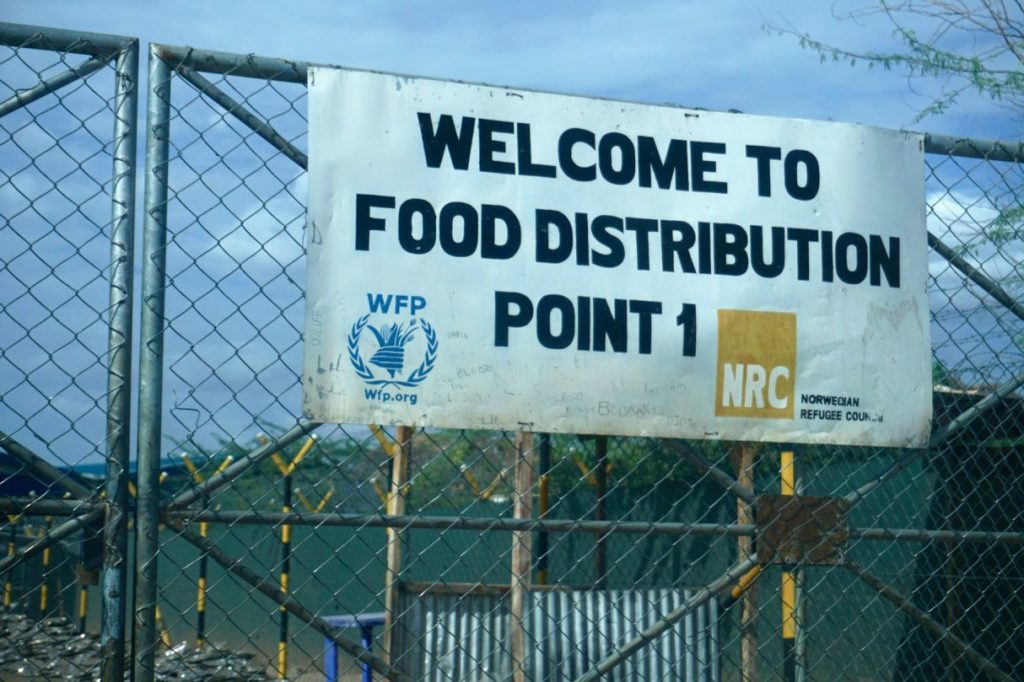
WFP Food Distribution Point in the Kakuma Refugee Camp. Photo Credit: Nicolás di Tada
The chatbot will be available on Facebook Messenger, a platform which many of the refugees are already using to keep in touch with family and friends back home.
By being in closer contact with the vulnerable population of Kakuma, WFP can be better positioned in its mission.
“A chatbot can help provide additional real-time, accurate, and contextual data which will enable WFP to improve the design of its programmes continuously,” shared Rome-based global leads of the mVAM team.
“In the future, we envision chatbots being used to get on-demand information on programmes, nutrition, and food security with millions of users in dozens of countries, quickly, cheaply, and on a large scale.“
After Kenya, AIDA’s next step will be to help WFP create new chatbots to reach beneficiaries in three countries.
At the same time, AIDA will continue to evolve so that the chatbots it can create will have new useful abilities and skills.
AIDA is being designed by humanitarians, for use by humanitarians. This means it will have unique capabilities not found in other commercial chatbot builder tools.
For example, AIDA can train chatbots to follow and respond to conversations without the need for existing natural language processing technology which requires a chatbot to be built in widely spoken languages like English and French.
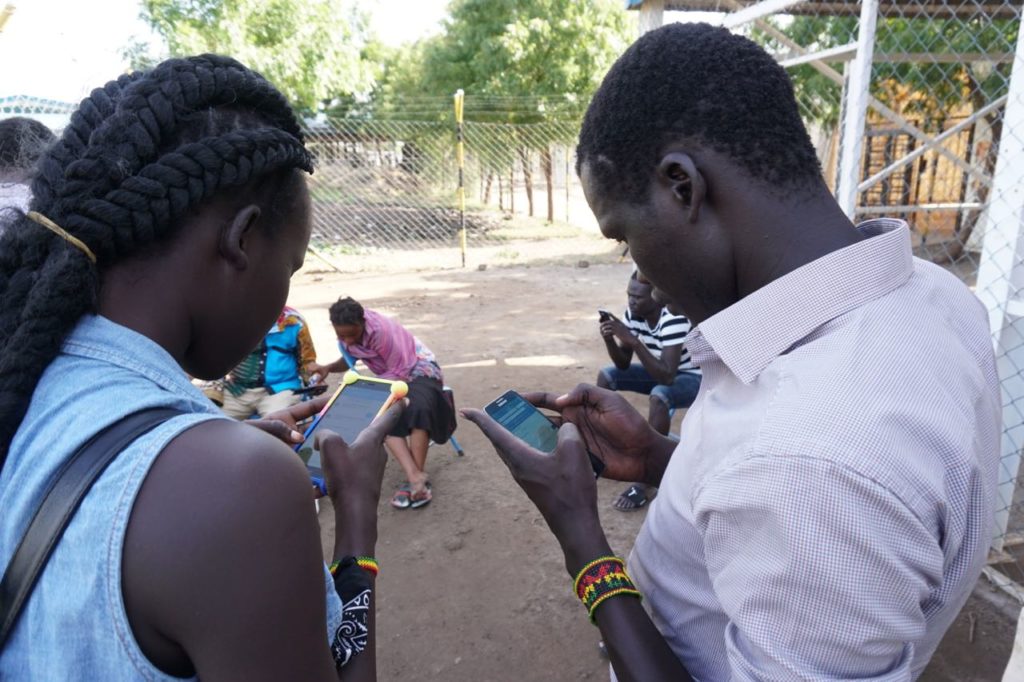
Residents in the Kakuma Refugee Camp testing a chatbot during an InSTEDD / mVAM feedback session. Photo Credit: Nicolás di Tada
This ability is critical because the languages spoken in places with humanitarian crises are often much less common and include specific dialects, so a chatbot builder cannot rely on these existing natural language processing technologies.
Furthermore, chatbots built by AIDA will work on both the regular and lite versions of messenger apps, which are often used in low-bandwidth settings.
As with all technologies built by InSTEDD, AIDA is open-source and will be made available for use and improvement by other humanitarian organizations later in 2018.
In the months ahead, as the chatbots built by AIDA will take on new missions and developments, you can find the latest updates in the InSTEDD blog.
- The development of AIDA was made possible by a cash grant from the Cisco Foundation.
- To learn more about the work of the WFP mVAM team launching chatbots built by AIDA visit: http://mvam.org/
- Inquiries on the AIDA technology can be sent to info@instedd.org

